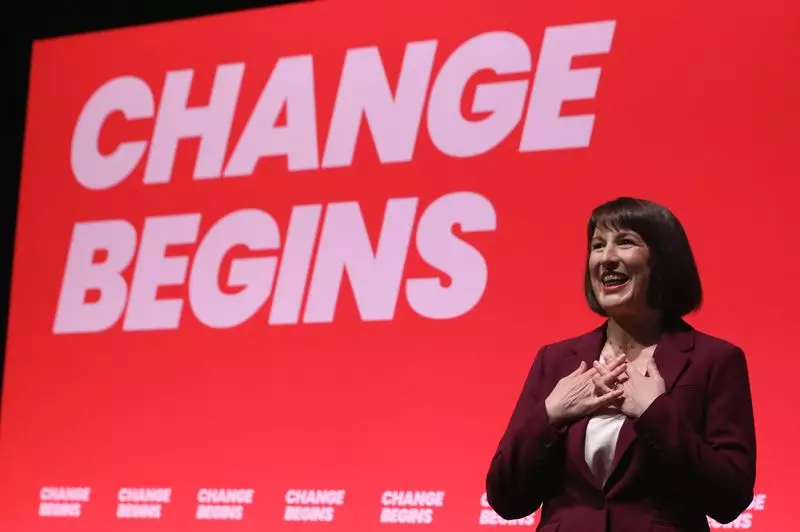In a fervent effort to reshape the narrative surrounding the UK’s financial prospects, British finance minister Rachel Reeves recently addressed the Labour Party’s annual conference in Liverpool. Marking a departure from the austerity measures imposed during the Conservative government’s tenure in the wake of the 2008 financial crisis, Reeves championed a vision of hope and investment. However, this message came packaged with an acknowledgment of the pressing budgetary constraints stemming from the predecessors’ fiscal mismanagement. While her speech was infused with optimism about the potential for economic and social resurrection, it also raised critical questions about the viability of her promises amid a backdrop of existing fiscal realities.
The Weight of the Past
The impact of austerity has long haunted British public services, leaving a substantial deficit that the incoming Labour administration is now tasked with addressing. Reeves has publicly criticized the “destructive” austerity measures taken by the Conservatives, which she claimed have stymied both public services and investments. Despite her commitment to avoid a return to such policies, Reeves was less transparent about how the Labour government would navigate the existing financial dilemmas without inflicting collateral damage on public welfare programs. The lack of specifics left many to wonder how realistic her claims of eventual growth and rejuvenation truly are without a clear blueprint for addressing the fiscal shortfalls.
During her passionate address, Reeves painted a portrait of a thriving Britain, buoyed by investments in manufacturing and services, where every citizen could enjoy a dignified income. She emphasized ambitious initiatives, like the introduction of free breakfast clubs for primary school children, indicating an intent to reinvest in the community. Yet again, the absence of a defined timeline or measurable outcomes for these proposals led to skepticism amongst party members and the public alike. The overly optimistic rhetoric, juxtaposed with the realities of government debt surpassing economic output, raises questions about potential growth trajectories and the feasibility of proposed investments.
Essentially, Reeves appeared to walk a tightrope, advocating for growth while simultaneously promising not to raise taxes. This contradiction highlights the complex balancing act she must navigate as Labour seeks to reestablish its identity in a post-austerity landscape. The looming question remains: how can the government deliver on broader public spending without imposing additional financial burdens on citizens?
Reeves acknowledged the need for tough decisions, such as the controversial reduction in winter fuel payments for the elderly, citing the “gaping hole” left in the public finances. While she expressed her dedication to making hard choices, some critics contend that these decisions may ultimately undermine the very populations Labour intends to serve. The political climate is marked by heightened scrutiny of Labour’s decisions, especially with recent revelations regarding ministerial donations for clothing, which seem to add to the sense of discord within the party leadership.
As Labour attempts to project a unified front and regain public trust, the party must also contend with broader economic indicators that reflect a sluggish consumer confidence trend. Reeves’s assessment of the political landscape suggests that instability could deter business investments critical for economic rejuvenation. With the English National Health Service facing labor unrest and demanding more equitable compensation amid dwindling morale, the obstacles to Labour’s ambitions are mounting.
Rachel Reeves’s presentation at the Labour Party conference encapsulated a mixture of aspirations tempered by the burden of unexpected realities. While the rhetoric focused on hope and investment, the critique of austerity was accompanied by the responsibilities of addressing a legacy of financial mismanagement. The challenge for the Labour Party lies not only in promising a more prosperous future but also in substantiating these pledges with actionable measures that can effectively bridge the public finance gaps without alienating their core supporters.
As Reeves steers the political discourse toward a future not shackled by austerity, she must also mobilize the party’s resources to foster a sense of collective responsibility, pragmatism, and faith in Britain’s economic potential. The coming months will undoubtedly test the Labour government’s commitment to its ideals and its ability to deliver meaningful change amid lingering economic uncertainties.

